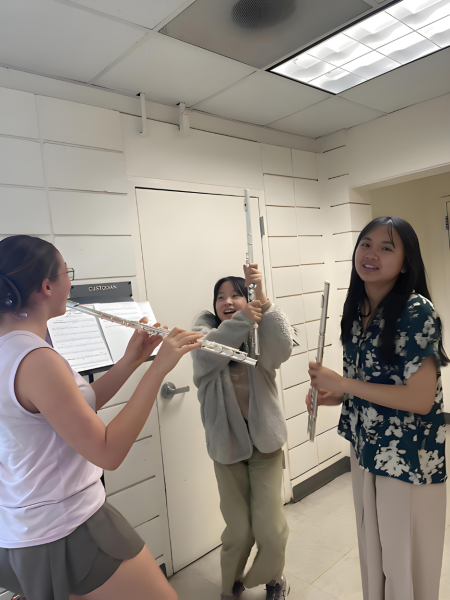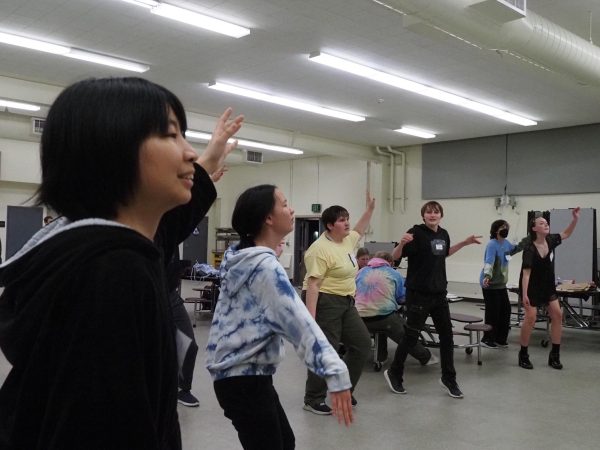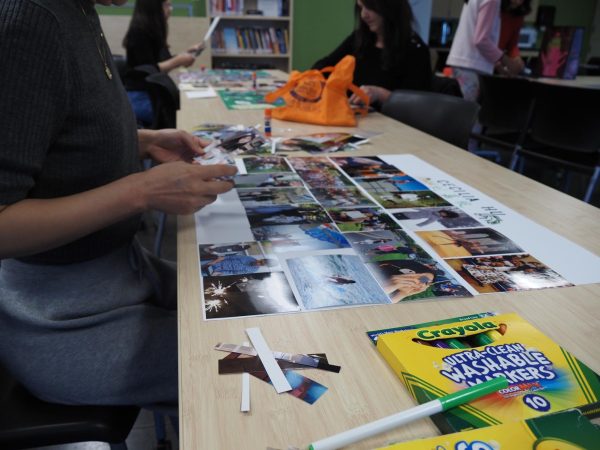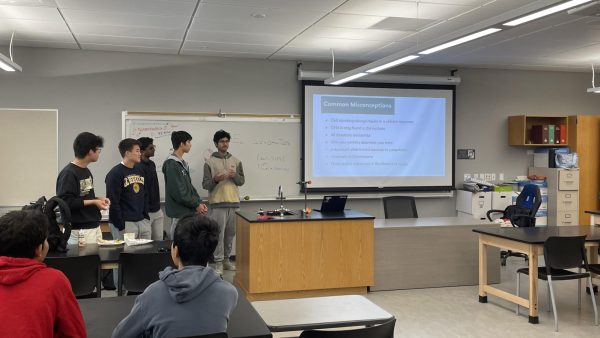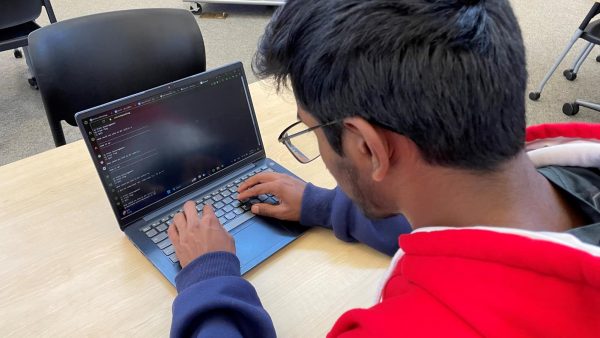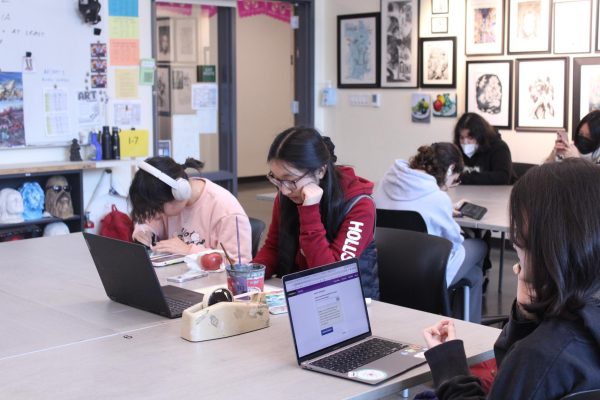Just between us
From GSA to Pride Club
Feeling alone is always worse than actually being alone. Coming from a middle school in Los Altos to HHS was nerve-wracking to say the least, considering I knew only 2 other people. This, coupled with the stress of not even understanding myself, meant I felt extremely isolated even though I was surrounded by thousands of other students.

In high school, I hoped to find some solace and community at the gender and sexuality alliance club (GSA). The reason why identity clubs are so important is because they offer a place for students to feel welcome and meet other members of their shared community. When I was a freshman, I needed to find people who could relate to what I was going through, so I could be comfortable in my own skin if only for a few hours each week during clubs. But my fears and insecurities got the best of me since I was too afraid of peer judgment to attend. Now I know those fears were unfounded, but it felt much more daunting at the time. That says more about me and my insecurities than it does the HHS community, but I still take it to mean we have to strive to promote acceptance and inclusivity for all people. When distance learning began, a certain level of anonymity gave me the confidence to attend my first GSA meeting. However, what I witnessed was a bit underwhelming.
With only five people in the meeting, three of which were officers, it was clear to me more had to be done to promote visibility on campus. But more than that, the content of the meeting itself was not engaging and I found myself feeling both awkward and disinterested by the time the meeting was over. The last thing I wanted was for young queer people at my school to feel alone and unsupported, since I knew the feeling all too well. When all three officers graduated at the end of my sophomore year, I applied and became the president, making it my mission to create a safe and inclusive space for everyone.
As my first action, I completely rebranded the GSA, renaming it to “pride club.” Then, I recruited two new officers to the team, who are just as passionate as I am about making our campus more welcoming for LGBTQ+ people. At every class and morning announcement, I advertised for the pride club. Additionally, I made posters to hang around the school, promising not only a space for all, but also a project-oriented club with the goal of accepting everyone for their unique identities.
My experience with the GSA turned Pride club proves to me that while it is hard work to create and maintain an identity club, the rewards can be huge. Not only for members of the identity group, but also for their friends. I hope having many strong identity clubs on campus helps expose others to people and ideas they might not have otherwise encountered and that they are better off for the experience. Finally, I hope identity clubs can be a bridge for people interested in learning about a certain identity but not sure how to best support it. After all, the “A” in GSA stands for “alliance,” so do not hesitate to join or stop by an identity club you are interested in. All are welcome!
Brevin is a senior this year and is super excited to be a part of the Epitaph! As a part of the lifestyles team, Brevin works closely with reporters...
Seoyoung is a senior and this is her fourth year on the Epitaph! She is excited to be the senior design editor and web manager. Outside of the Epitaph,...




